How did Sudan get dragged into civil war, and what are the possible scenarios for the future of the process?
How did Sudan get dragged into civil war, and what are the possible scenarios for the future of the process?
By Adem Kılıç, Political Scientist/Writer
To assess the civil war in Sudan and see that the ongoing process is not merely a power struggle between two generals, one must understand the details of the fault lines that have been triggered in the country for decades and the power struggle that has taken shape.
And to understand what is happening in Sudan, two fundamental facts must first be considered.
The first is that although Sudan gained its independence on paper in 1956 by breaking free from British colonial rule, it has constantly been the target of external interventions and provocations.
This is because the country is three times the size of Türkiye in terms of land area, and such a vast geography is home to more than 40 ethnic groups, more than 10 religious beliefs, including local beliefs, and tribes.
While Arabs of Muslim origin constitute approximately 40% of the population, the remaining 60% consists of Christian communities and dozens of ethnic groups such as the Beja, Nuba, Fur, Zande, Hausa, and Masalit.
It is this diversity that makes the country vulnerable to governance crises and internal conflicts, exacerbated by external provocations.
The fact that more than forty rebellions have been recorded in the country since 1956 highlights this reality.
The second factor is Sudan’s rich underground resources and strategic geopolitical position.
Sudan possesses rich underground resources, particularly gold, and also controls one of Africa’s most critical corridors for maritime trade with its five major ports on the Red Sea coast.
This wealth also transforms Sudan into a major arena of competition for both regional and global actors.
So, what happened behind the scenes of the Sudanese civil war, which unfolded in the shadow of these two undeniable realities, and who was behind the parties involved?
Sudan’s breaking point: Darfur and massacres sponsored by Israel and the UAE
The Darfur War, which began in 2003, was a turning point that changed Sudan’s destiny.
First, in 2003, groups identifying themselves as the Sudan Liberation Movement launched an uprising, claiming that the non-Arab population was being suppressed. This quickly led to rebellions against the regime of Omar al-Bashir, who was Sudan’s leader at the time, and triggered a process that led to the country’s division.
This crisis culminated in the country’s division in 2011 and the secession of South Sudan. However, this division did not quell the dynamics of conflict in Sudan. On the contrary, it created new power vacuums in the country.
This is because the backdrop to Sudan’s civil war involved not only local ambitions but also the strategic calculations of external powers.
In 2019, with the overthrow of Bashir’s regime after 30 years, two actors emerged on the scene. These were Mohammed Hamdan Dagalo, who had also been prominent in suppressing the uprisings in the Darfur war, and General Abdel Fattah al-Burhan, who was at the head of the Sudanese Armed Forces.
These two figures, who together overthrew Bashir, clashed over power-sharing within a short period of two years. While Burhan defended central state authority, Dagalo sought to establish a parallel state structure with his forces on the ground.
Behind this rivalry, the support of Israel and the United Arab Emirates became increasingly apparent. Particularly after the Abraham Accords were signed in 2020, the two countries found themselves on the same side in Sudan.
While the UAE acted with the goal of expanding its economic interests through gold trade and port control, Israel began to act with the understanding that Sudan’s military and political fragmentation was an insurance policy for regional security.
Indeed, according to information reflected only in official sources since 2019, 8,000 tons of gold were transported from Sudan to the UAE, and a significant portion of this gold was processed in refineries established with Jewish support.
Israel, meanwhile, has been pursuing a strategy of dividing Sudan into at least three parts, as it did with Iraq, Lebanon and now Syria, in line with its ‘Periphery Doctrine’ introduced in the late 1990s, which seeks to prevent large Muslim countries in its vicinity from becoming powerful centralized states.
Humanitarian catastrophe and Türkiye’s role
According to United Nations reports, more than 200,000 people have lost their lives as a result of the conflicts, 12 million have been displaced, and at least 25 million Sudanese are at risk of starvation.
Sudan is currently experiencing one of the world’s greatest humanitarian crises, and the international system continues to view this catastrophe in the shadow of energy, gold, and geopolitical calculations.
However, Türkiye is striving to maintain its humanitarian approach by taking on an active mediating role in Sudan, as it did in Somalia, Libya and Afghanistan.
Indeed, Türkiye held diplomatic talks with both General Burhan and Dagalo at the beginning of 2024, and hopes for a solution remain alive, along with Türkiye’s growing influence in the Red Sea basin.
Conclusion
In light of all these balances and in line with historical experience, it is clear that one of three scenarios for Sudan’s future will materialize.
The first of these can be called the ‘disintegration scenario.’ If the civil war continues for a long time, Sudan could effectively split into three or four parts. Different power centers could emerge in Darfur, Kordofan and along the Khartoum line.
However, it should be noted that this scenario coincides with the geostrategic interests and plans of Israel and the UAE.
The second scenario, again based on historical experience, is the emergence of a ‘frozen conflict scenario’.
In this scenario, while the parties exhaust each other militarily, a temporary ‘status quo balance’ may be established in the country with external support, and this situation may perpetuate low-intensity conflicts that will last for many years, similar to the structures in Karabakh, Kashmir and Syria.
The third and perhaps most difficult scenario is the one Türkiye is trying to implement.
This is because Türkiye wants to bring its diplomatic influence, which has increased significantly over the last decade, into play here as well.
If Türkiye can crown the sensible steps it has taken between the parties with a multilateral diplomatic table involving the African Union and perhaps the Arab League, a temporary technocratic government and a new constitutional process may be possible in Sudan.
Ultimately, all these balances clearly show that Sudan has become not only a chessboard determining its own civil war, but also the future of Africa and the direction of Red Sea geopolitics.
At this point, it appears that the country’s fate depends more on the moves of the powers playing pieces on this international chessboard than on the will of local actors, and history shows that one of these three scenarios will come to pass, determined not by internal balances but by external ones.


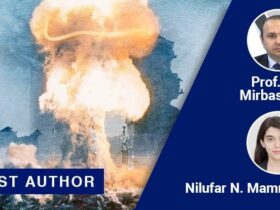

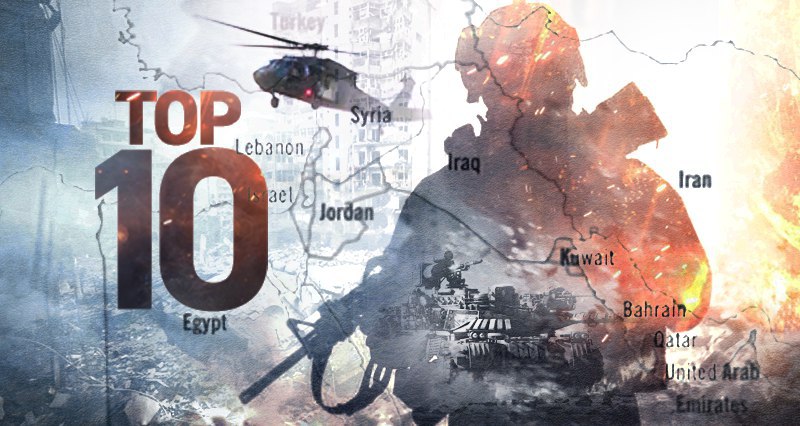


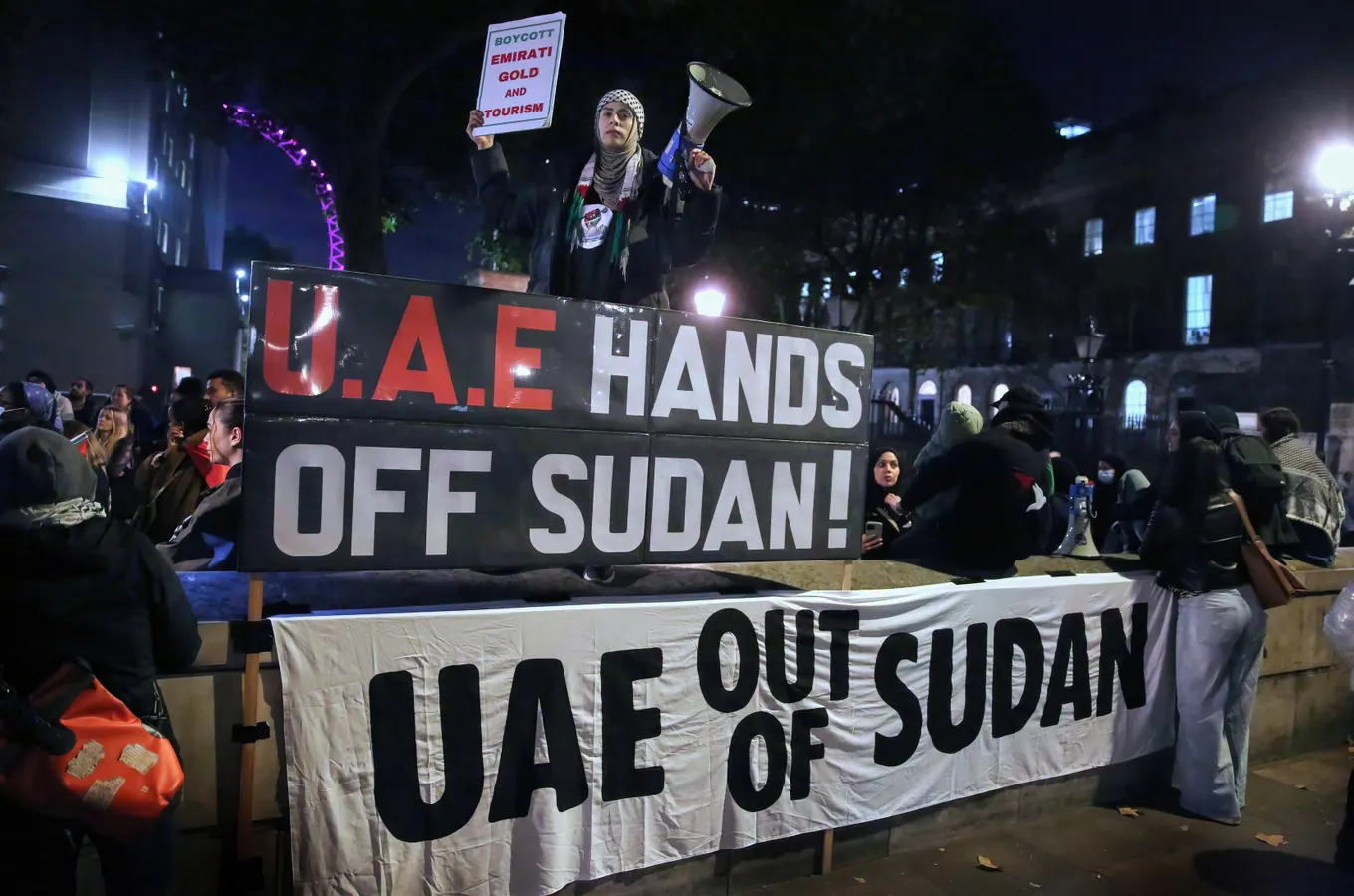
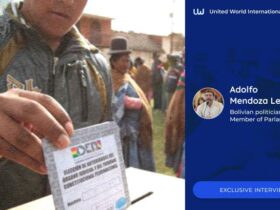
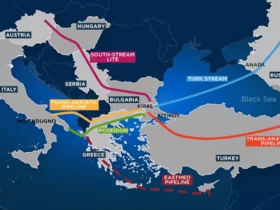

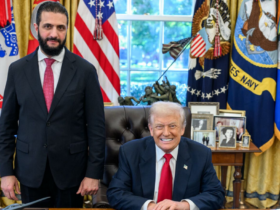




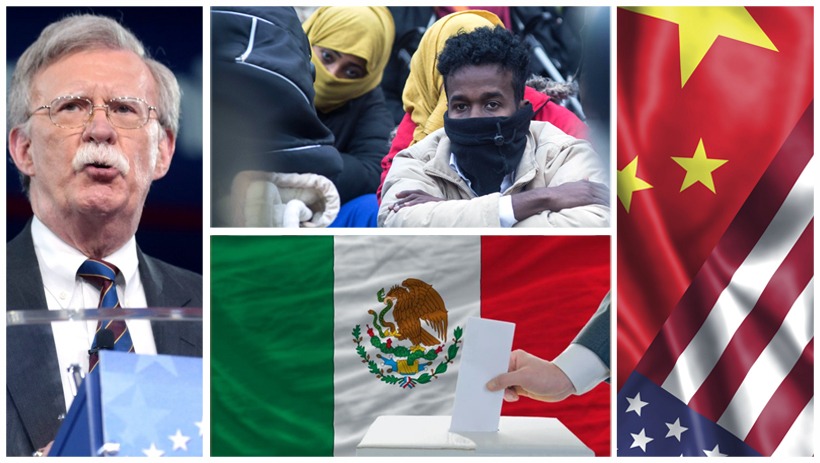
Leave a Reply